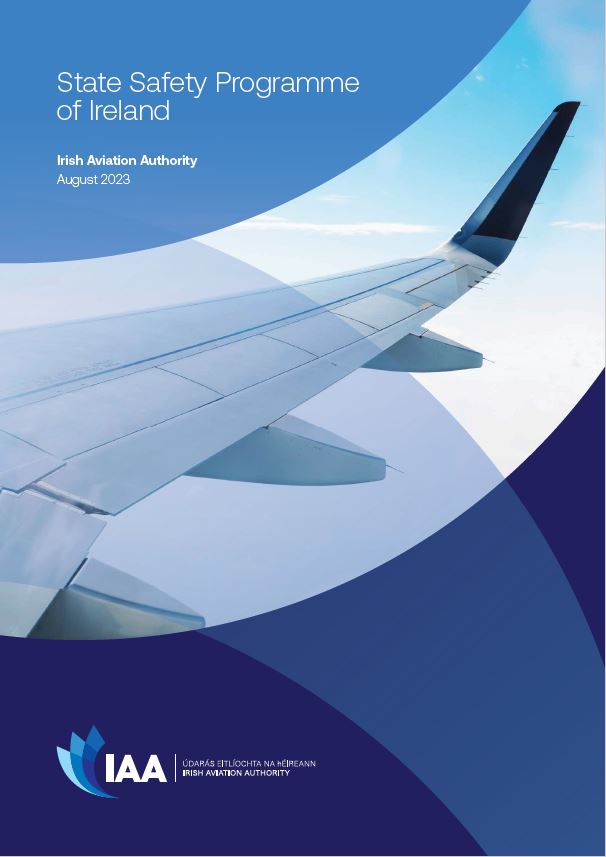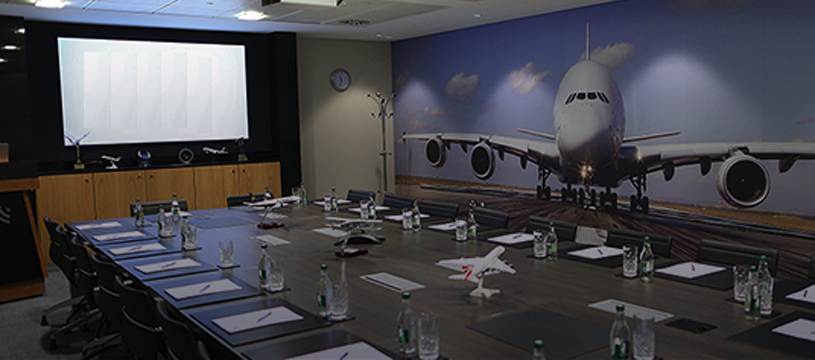
Safety management as envisioned in ICAO Annex 19, seeks to proactively mitigate safety risks before they result in aviation accidents and incidents. Through the implementation of a State Safety Programme (SSP), States can manage their safety activities using a risk-based approach to enable the prioritisation of actions and to more effectively manage its resources to benefit aviation safety. The State level SSP is complimentary to the Safety Management System (SMS) required to be implemented by regulated organisations in order to manage the safety of their own operations.
The first edition of the SSP for Ireland was issued in 2015. The 2023 updated edition reflects changes to the SSP in consequence of updates to Annex 19 at Amendment 1 and associated guidance in the fourth edition of ICAO Doc 9859 Safety Management Manual (SMM), as well as reflecting significant changes to the organisation and functions in safety management at State level since the last edition.
The SSP is implemented and coordinated by State Safety Coordination Committee (SSP-CC) to ensure ensure effective and efficient SSP implementation in Ireland. The SSP-CC is structured to facilitate good communication, avoid duplication of effort and conflicting policies within the State. The roles, responsibilities and relationships of these organizations is set out in the SSP CC Terms of Reference, which may be viewed here.
The 2023 version of the State Safety Programme for Ireland may be viewed here.



